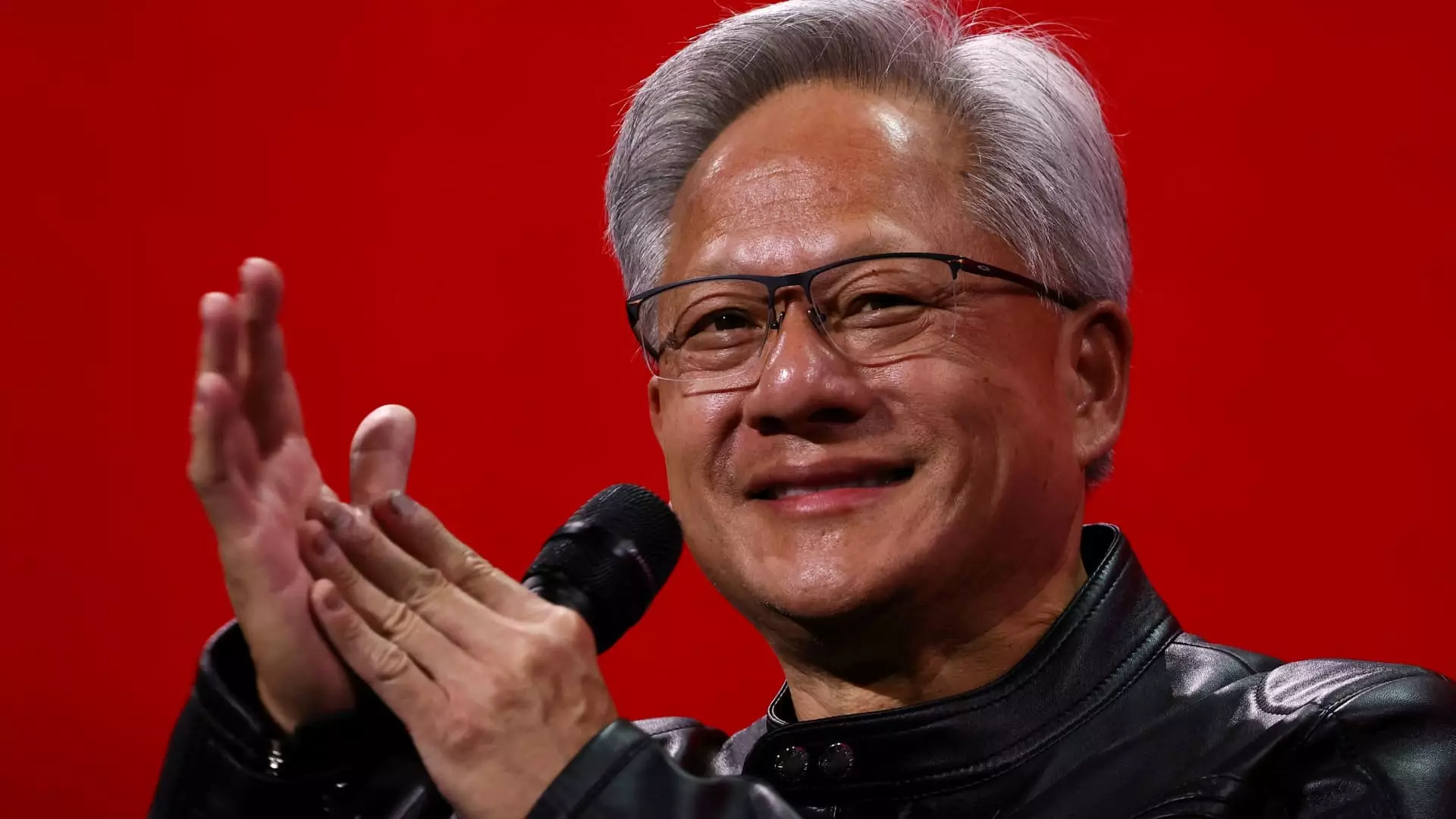The recent remarks by Nvidia’s CEO Jensen Huang praising China’s domestic AI development reveal a complex and often misleading narrative about technological sovereignty and global fairness. While Huang claims that Chinese AI models like DeepSeek and Baidu Ernie are “world-class” and have contributed significantly to global progress, this praise masks the underlying realities of an uneven playing field, heavily skewed by geopolitical interests and restrictive policies.
Despite the surface-level acknowledgment of China’s burgeoning AI capabilities, the fact remains that U.S. export controls, including recent sanctions on semiconductor sales, have been strategically employed to curb China’s access to the most advanced AI hardware. The restriction of Nvidia chips, critical to AI model training and deployment, functions less as a genuine measure of security and more as a tool for maintaining U.S. technological dominance. The claims of “sharing openly” and fostering innovation are, in reality, selective, as the U.S. actively limits Chinese companies’ access to cutting-edge resources while publicly praising their self-reliance.
This situation exposes a disparity that fundamentally questions the notion of fair competition. China, under significant restrictions, manages to innovate in AI through resourcefulness and open-source strategies that thrive despite the barriers rather than because of them. When a startup like High-Flyer develops DeepSeek under such conditions, it underscores the resilience of Chinese innovation but also highlights the distortion caused by unequal access to global technology supply chains. The narrative of China catching up “on its own terms” is complicated by the fact that these “terms” are heavily influenced by external restrictions, often designed to prevent their full participation in the global AI economy.
The Double-Edged Sword of U.S. Policies on Global AI Development
The U.S. government’s tighter export controls, justified on grounds of national security, have inadvertently stifled the very innovation they aimed to protect. Nvidia’s own projections forecast multibillion-dollar losses due to these restrictions, illustrating how policy decisions ripple through the economy and global technology landscape. Rather than fostering a balanced, international AI ecosystem, these measures appear to promote technological fragmentation, where China, despite restrictions, continues to forge ahead by alternative means—such as open-source initiatives and self-sufficient innovation.
From a pragmatic perspective, the free flow of ideas and components across borders is essential for robust AI development. The U.S.’s reluctance to share advanced chips hampers its own global leadership ambitions—especially when Chinese firms are pushing ahead with open-source models like Kimi K2, which challenge American supremacy on the coding front. The open-source approach, heralded by Huang as a catalyst for progress and safety, indeed democratizes access, but it also exposes the fragility of a system overly dependent on restricted access to hardware and proprietary software.
The contradiction here is glaring: U.S. policies aim to contain China’s military and technological prowess, yet they also risk alienating international partners and fragmenting the very ecosystem necessary for true progress. When China harnesses open-source AI to leapfrog over the restrictions, it reveals the limitations of containment strategies rooted in protectionism rather than cooperation.
Reimagining the Global AI Ecosystem: Coexistence or Competition?
As Huang lauds Chinese companies for powering popular consumer tech, it’s worth questioning whether such praise implies genuine admiration or strategic acknowledgment of China’s resilience in the face of adversity. His mention that AI “powers” apps like WeChat and Douyin hints at a reality where economic might and technological dominance are inextricably linked, yet the underlying message is about survival amidst restrictions rather than shared progress.
The shifting landscape, with recent easing of some export controls after tense trade negotiations, hints at a broader acknowledgment that hegemonic control is neither sustainable nor desirable. For a truly vibrant and innovative AI field, cooperation—rather than coercion—is essential. If the goal is a global AI landscape rooted in fairness, safety, and shared prosperity, then policies must evolve away from protectionism toward genuine international collaboration.
Embracing open-source technologies and fostering transparent tech exchanges are the only pathways that can offset the risks of a fractured AI ecosystem. The narrative that China can only innovate under strict U.S. limitations overlooks the potential of cooperative international frameworks that prioritize mutual growth. In the end, the future of AI isn’t about who can wield the biggest hardware arsenal, but about building a collaborative environment where ideas and innovations flow freely, fueling progress that benefits all rather than the few.

